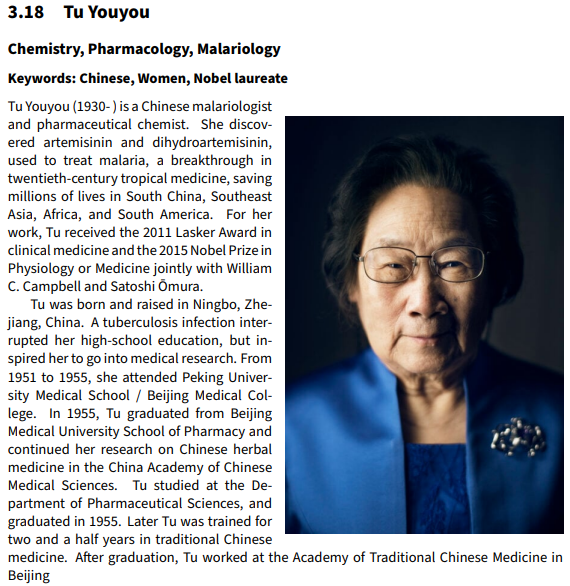Diversifying the curriculum in a research-intensive university with staff/student co-creation
The diversification of the curriculum is a common approach in inclusive education, showcasing the contribution of a diverse community. It is vital for all students to being able to see themselves in the curriculum, and to recognise the great diversity that has shaped our disciplines, particularly in STEM. A diverse curriculum is widely regarded as an important factor in strengthening access, sense of belonging, and ultimately, success of students from all backgrounds.
Queen Mary University of London has the most diverse and first-gen cohort of students among the top research-intensive universities in England, representing the best case study to implement and evaluate practises to remove barriers. Initiatives like the Centre for Academic Inclusion in Science and Engineering (CAISE) support staff to champions inclusive education and fulfil the university’s strategy to become the most inclusive university of our kind.
We created a portfolio of scientists with historically underrepresented identities who have significantly contributed to our taught material in biological and behavioural sciences. We focused on several identities including ethnicity, gender, sexual orientation, religion, neurodivergence, and their intersectionality. The portfolio links profiles with keywords and taught modules making it seamlessly for lecturers to enrich their teaching material. The following is an example of a biography we provide in our portfolio.

The portfolio is accessible from here.
We argue that this transferable framework will enable a diverse research-oriented education, while fostering a meaningful co-creation culture within our universities.